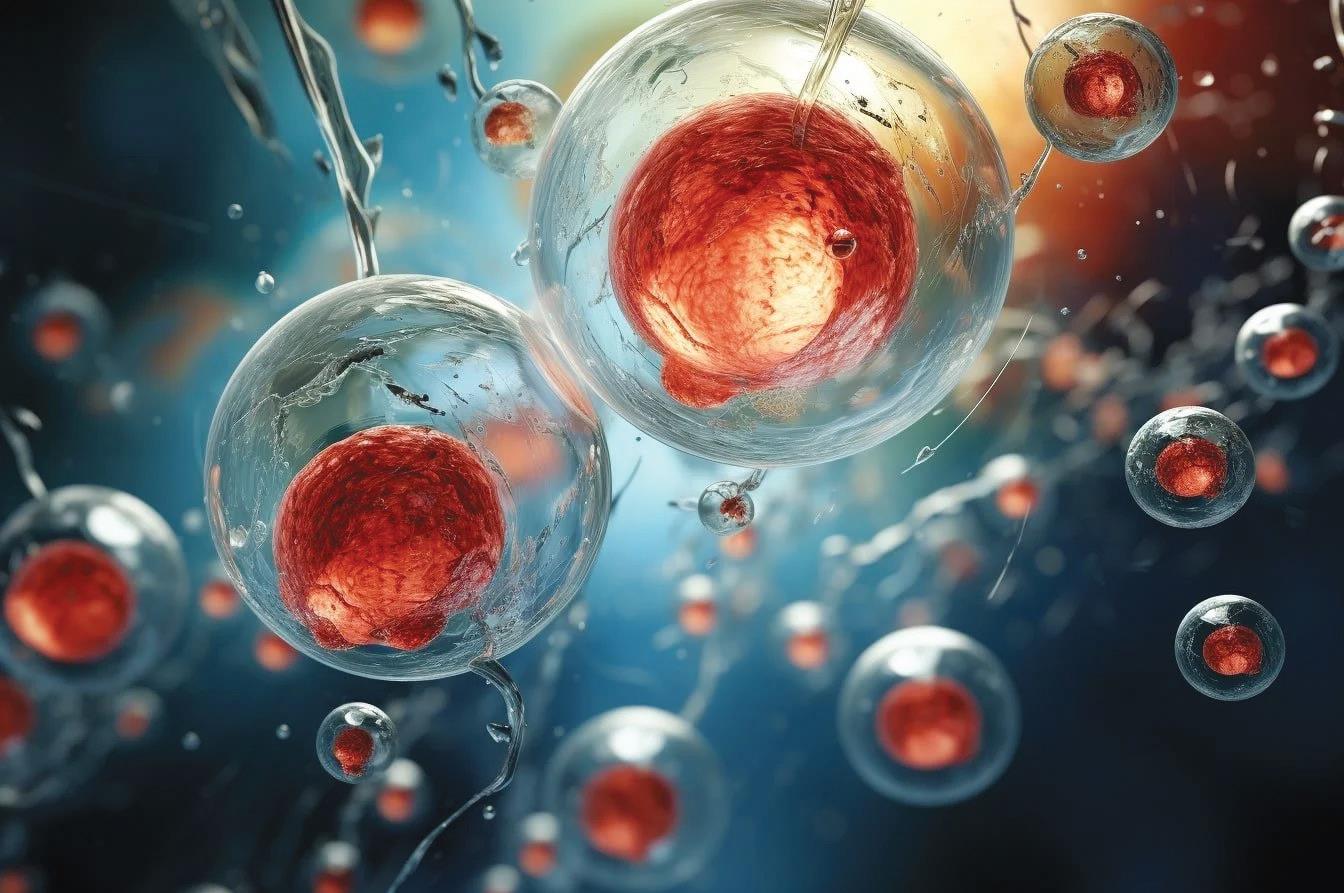
17-year-old Indian stem cell beneficiary meets his 'miracle match'
Bengaluru, NT Correspodent: The likelihood of a man from Russia to be a genetic match for a boy from India for bone marrow transplant is almost none, said Dr Sunil Bhat of Narayana Group of Hospitals. And yet, 17-year-old Thalassemia patient, Chirag found his saviour in a 29-year-old Russian, Roman Simnizki, who had relocated to Stuttgart, Germany from Siberia in 2005.
"Blood stem cell donation is still in its infancy in India, with just over a lakh donors. For Indian Thalassemia patients, the chances of finding a match range from 5 to 10 per cent. What happened in Chirag's case is almost a miracle," said Dr Bhat, director and clinical lead, paediatric haematology, oncology and blood and marrow transplantation, Narayana Group of Hospitals, during a press conference on Thursday (May 8, observed as World Thalassemia Day).
The event was organised by DKMS, an international organisation dedicated to raising awareness about stem cell transplantation and registering potential donors, in partnership with Bangalore Medical Services Trust (BMST), an NGO in India.
Chirag and Simnizki met for the first time during this event – the transplantation took place in 2016. "Meeting Roman was a surreal experience," said Chirag.
"Roman didn't just donate stem cells, he gave me a future," he added, expressing his gratitude towards Simnizki. Simnizki shared that his decision to enroll as a donor happened almost by chance.
"I usually donate blood and was approached for stem cell donation during one such instance. I thought, why not? Later, I was informed that I found my match in India, an extremely rare medical occurrence," said Simnizki.
Nitin Agarwal, head of donor request management at DKMS-BMST Foundation India, mentioned that unrelated donor details are usually kept anonymous.
"We just wanted to motivate donors by telling the incredible story of Chirag and Roman," he added.
According to Agarwal, India sees 10,000 to 30,000 new Thalassemia patients every year. "The donor base offers good choices for Caucasians, but for Indians, it's still a struggle as finding a donor depends on ethnicity. Also, 75 per cent of the registered donors ultimately decide against donating, mostly due to misconceptions surrounding stem cell donation. So, we still have a long way to go," added Agarwal.
Dr S H Subba Rao, a paediatrician at Manipal Hospital, said India has already come a long way, recalling a time when Thalassemia patients struggled to get blood for transfusions.
"There was a time when the only intervention available to them was blood transfusion, which they require every three weeks," said Dr Rao.
According to Dr Rao, frequent transfusions resulted in heavy iron overload and damage of organs, cutting short the lifespan of Thalassemia patients.
"Later, there were a whole bunch of medicines made available to the patients to reduce iron load. But still, for a very long time, we were only able to provide a conducive environment for the patients. Bone marrow transplantation changed the game for them," he added.
 English daily published in Bengaluru, Doha
English daily published in Bengaluru, Doha



.jpg)



Comment